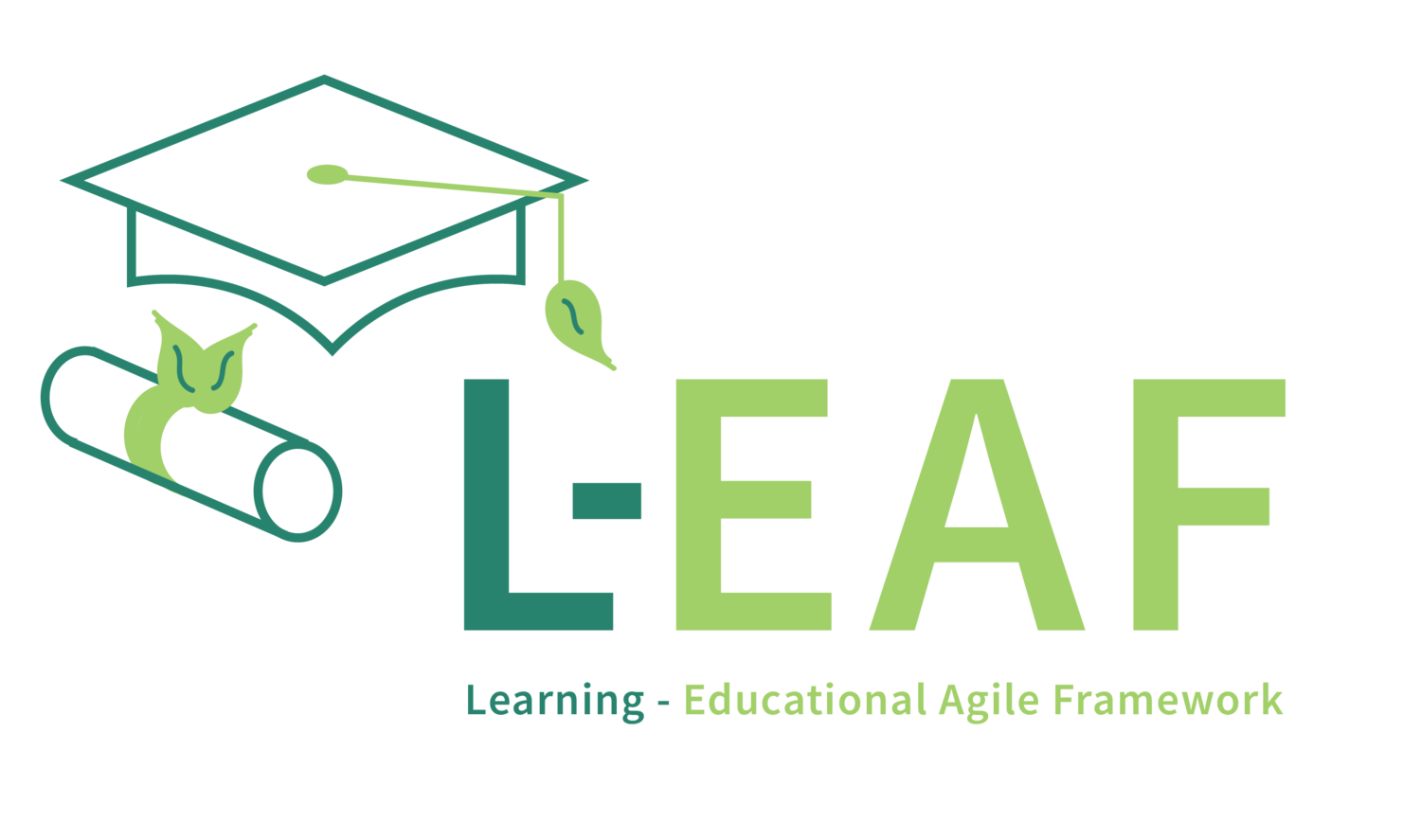What is going on here?
The long view of education’s ongoing adaptation to technological and economic change.
One of the basic problems every society has faced is how to prepare its youngest members for life as a productive adult who can contribute to the common good. Because the knowledge and skills that enable productive adulthood keep changing as technology advances, education has had to adapt over the centuries.
This adaptation in the face of change is what has allowed living standards to rise over the past few centuries. Adaptation is often not pretty nor undertaken willingly. Large industries and institutions, such as education, usually focus more on maintaining stability and consistency than on adapting themselves to an ever-changing environment.
Moments of inflection, like the global pandemic underway currently and the concurrent digital revolution, tend to force changes and bring institutional maladaptation, which is to say the accumulated deficit of changes not made with respect to the current environment, into sharp relief.
The purpose of this series of posts is to offer perspective, insight and encouragement to those working to better solve this problem of how to educate for now. To understand now we first need to get some general context for how education has changed to fit earlier episodes of large scale change.
As long-time educators, entrepreneurs and students of life we write for a general audience because we want our ideas to be challenged and improved upon by as many people as possible. Our opinions grow from both personal experience as professionals and as nerds obsessed with learning as much as we can from the best minds we can find. We hope what follows is useful, interesting and challenging.
The first big phase shift: the transportation revolution
In roughly the first half of the nineteenth century our world was transformed by steam and rail technology. Schooling before the transportation revolution was localized to both student and educational boundaries , in part because it had always been that way and partly because it had to be. Yet as people could move farther and faster than ever before educational institutions, especially post-secondary institutions could draw from a much larger geographical area.
The second big phase shift: the industrial manufacturing revolution
Overlapping the transportation revolution was the industrial manufacturing revolution, which saw the rise of factory production, growth in the scale of institutions and in the last third of the 19th century the rise of compulsory elementary education. As has been well documented by others already, the industrial model of production was brought to school design. Schools were designed to turn out factory workers. Schools generally treated students as if they were the parts being produced to serve as breathing, moving cogs in large machines. Sameness of process and output was the goal. Woe unto the person who felt themselves to be or actually were a round peg who was to survive or thrive in the process of being pushed through the square holes of the industrial education complex. Schools had adapted to the new technological paradigm and directly reinforced it via curricular design, instructional assumptions, assessment techniques and strategies, and institutional design.
The third phase shift: the digital knowledge work revolution
Starting in the last third of the 20th century the industrial revolution began to give way to the digital revolution. Institutional modes of production began to evolve rapidly. Computing power and automation of manufacturing processes enabled and required new ways of working. As far back as 1966 Peter Drucker began to reframe industrial production around a new concept, knowledge work. The knowledge worker was distinguished from the industrial worker by being in possession of the highest value capital available, knowledge and the ability to create business value from what they knew and were able to create, as opposed to how long they could pull levers or monitor assembly lines. With radical technical changes coming in seemingly shorter cycle times, schools began to feel the pressure to adapt.
A Silent Boom: the change that didn’t happen
With the rise of digital technology and the imperative to prepare young people for success in the digital world of work, schools have not changed much in basic curriculum or pedagogy. The industrial factory model remains strong, with lots of well meaning tinkering around the edges. Despite increasingly clear guidance from the world of neuroscience, psychology, and cognition about what matters most in preparing young people for knowledge work, schools have elected to ignore what matters most to getting better outcomes. Many of the crises in schooling today can be traced back to a resistance to keep pace with change. For example, as Daniel Pink and others have noted, what drives people to succeed are purpose, autonomy and mastery in work. Many teachers know this and act accordingly. We doubt that many superintendents and state education boards today are replacing anything in their massive tomes of “standards” with these as features to design into learning experiences. In the posts that follow we will be sharing and synthesizing insights into “news you can use” if you are a knowledge worker, have aspiring knowledge workers in your household or just want to create better learning environments and outcomes for the people you care about.
Links to: Carlotta Perez, Wiki; RSA ANIMATE: Drive: The surprising truth about what motivates us; Angeline Stoll Lillard, Montessori: The Science Behind the Genius, 3rd ed. Chapter 1; John Taylor Gatto “Against School”; Todd Rose, The End of Average; Knowledge work, Wiki







